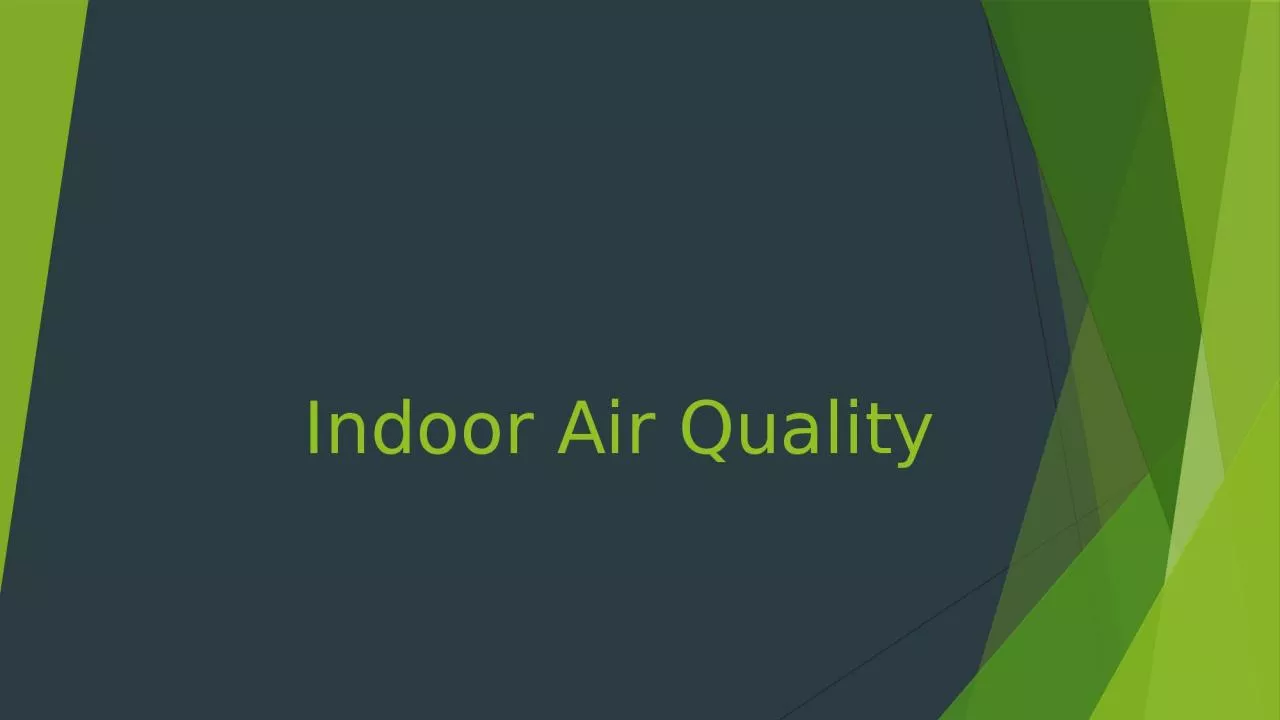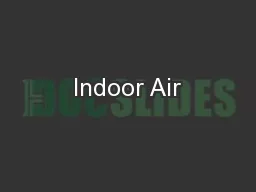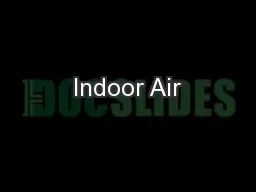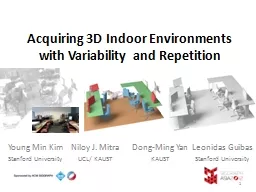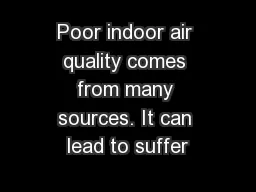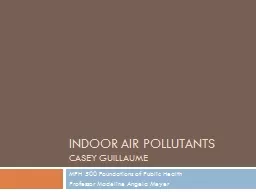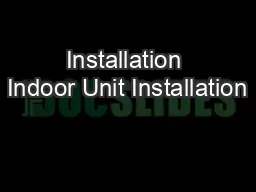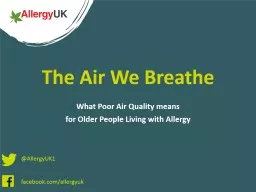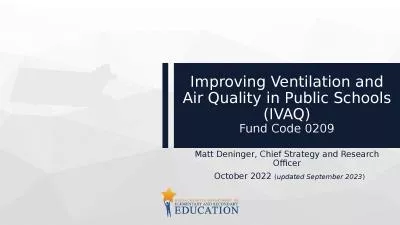PPT-Indoor Air Quality SUSTAINABLE
Author : willow | Published Date : 2023-08-25
JERSEY FOR SCHOOLS Sustainable Jersey for Schools is a certification program for New Jersey public schools that want to go green conserve resources and take steps
Presentation Embed Code
Download Presentation
Download Presentation The PPT/PDF document "Indoor Air Quality SUSTAINABLE" is the property of its rightful owner. Permission is granted to download and print the materials on this website for personal, non-commercial use only, and to display it on your personal computer provided you do not modify the materials and that you retain all copyright notices contained in the materials. By downloading content from our website, you accept the terms of this agreement.
Indoor Air Quality SUSTAINABLE: Transcript
Download Rules Of Document
"Indoor Air Quality SUSTAINABLE"The content belongs to its owner. You may download and print it for personal use, without modification, and keep all copyright notices. By downloading, you agree to these terms.
Related Documents

